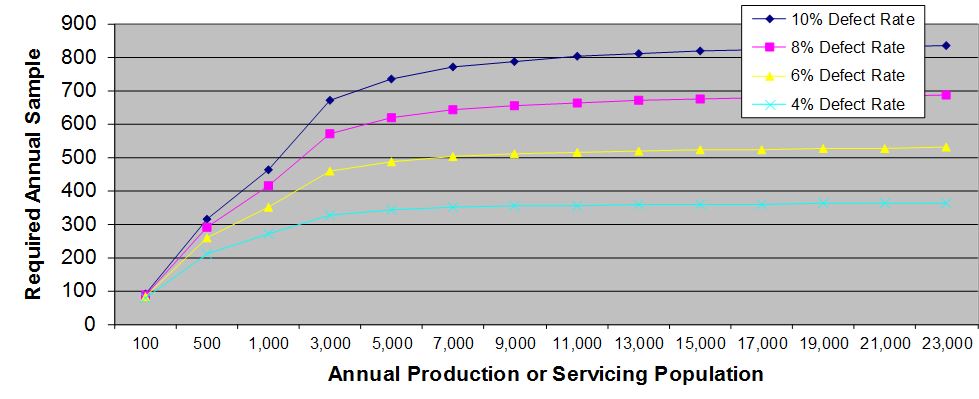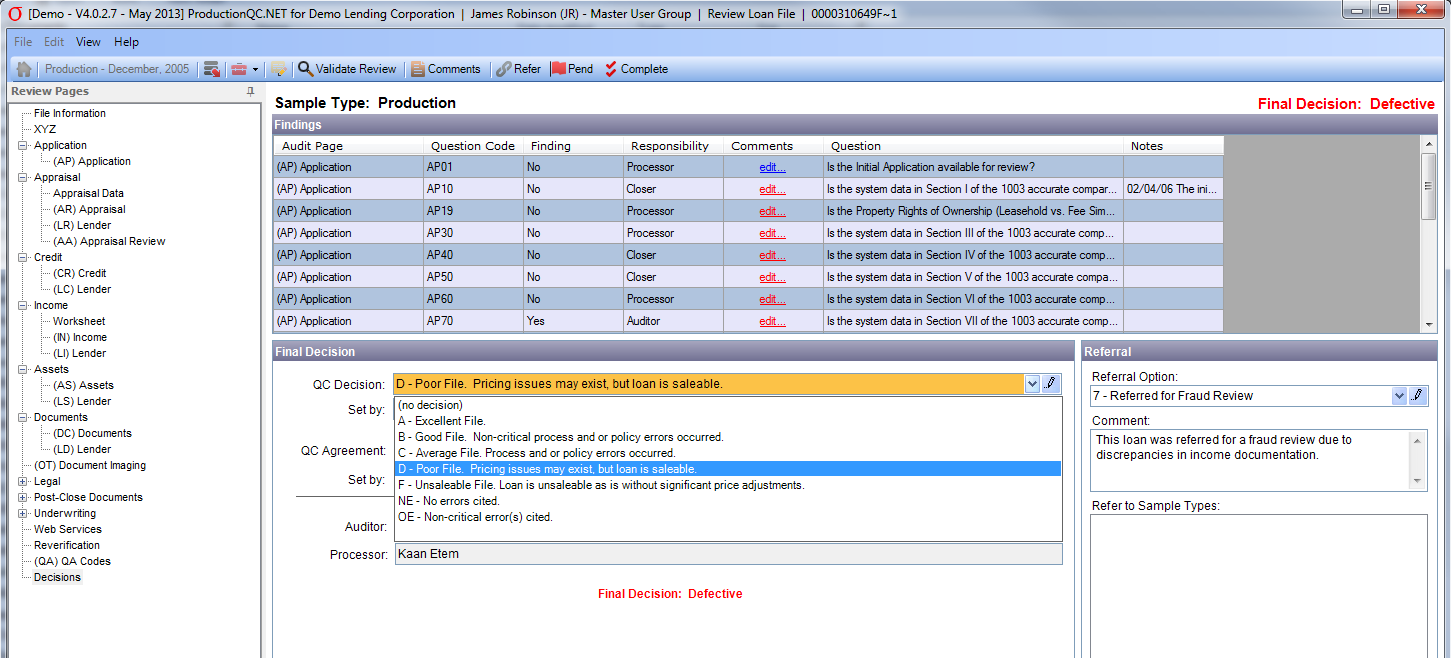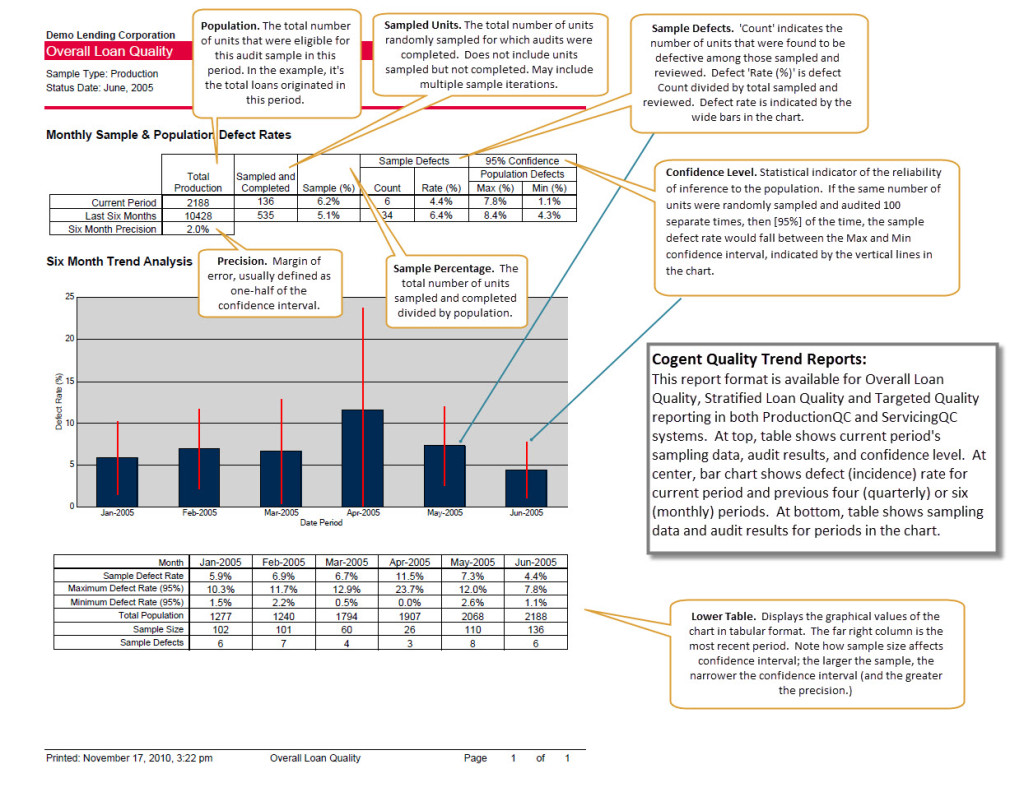Technology is rapidly transforming mortgage banking. If you went to the MBA Tech18 conference, you saw some of the companies leading the charge. But with enterprise software, change can be slow to arrive. What can you do right now to boost productivity, streamline processes and automate workflows?
How about optimizing your sampling? Try our statistical sample size calculator and some of our white papers on leveraging statistics. You might get more done with less work. If you’d like to discuss how, contact us.
And while we automate client processes by leveraging Cogent QC Systems tech tools, you may find that revisiting the manual steps in your workflow will be fruitful, especially if that workflow has not changed in years.
Ultimately, when you’re ready for an adaptable workflow technology for your quality, compliance and risk management, let us know. We’d love to show you the most feature-rich, most customizable system available.




